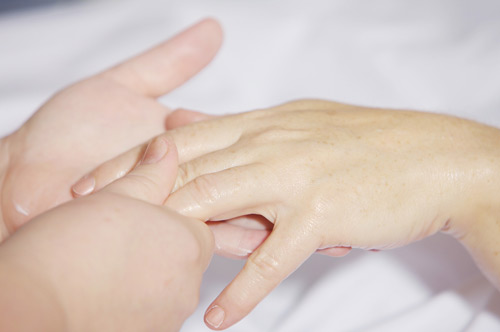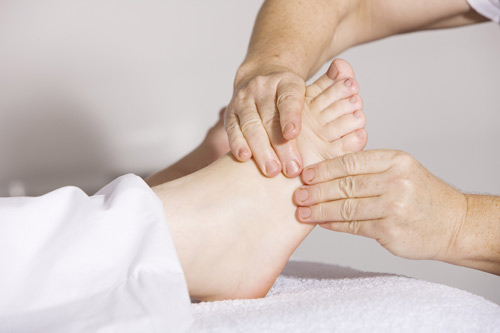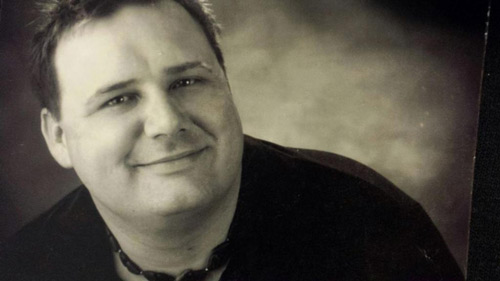December 15, 2017
Reflexology: What Is It and How Does It Work?
What is reflexology?

Origins of Reflexology: Tracing the Roots of this Ancient Practice
So, let me first start with saying that when you tell most people that you perform reflexology they look at you like you are some sort of “witch doctor”. But, the truth of the matter is that reflexology or forms of it, have been practiced for thousands of years.
Ancient texts from India, China and Japan have descriptions of how rubbing certain parts of the body; specifically, the hands, feet and ears can enhance the flow of energy (Qi) throughout the energy pathways (Meridians) in the body. This is usually where people will give you that deer in the headlights look.

How does reflexology work?
Have you ever wondered how applying pressure to your foot could influence your heart? It all boils down to shared nervous pathways. Imagine these pathways like information highways connecting your body parts to your brain.
When something’s wrong, like a heart attack, your heart sends out an SOS through its dedicated pathway. This signal can also travel along a shared pathway that leads to your left arm. That’s why you feel pain shooting down your arm during a heart attack – they share the same “phone line” for a bit!
Here’s the key: if the heart can send signals down that route, can’t we send signals back up the same line to influence the heart? That’s the basic idea behind reflexology. By applying pressure to specific points on your feet (which connect to these pathways), we aim to send “messages” to your organs and potentially influence their function.
It’s important to remember that reflexology is not a cure-all or replacement for medical care. But it’s a fascinating practice based on the complex network of information flow within our bodies. So, the next time you have a foot rub, you can think of it as sending a little TLC directly to your internal organs!

The Evolution of Reflexology Zones and Maps
In 1913, Dr. William Fitzgerald introduced a groundbreaking concept by dividing the body into ten distinct zones, associating each with specific fingers and toes. Building on this foundation, Eunice Ingham later expanded the understanding of reflexology by intricately mapping out connections between the feet and hands and corresponding body parts and organs. This innovative approach provided a detailed framework for reflexologists to target specific areas on the extremities to promote overall well-being.
Through these historical developments, the practice of reflexology gained depth and precision, offering a more refined and comprehensive understanding of the interconnectedness between different parts of the body and the corresponding zones on the hands and feet.
Indications for Reflexology: Recognizing When You Could Benefit
So, whether you believe in the eastern philosophy of energy flow or the western approach of reflexology, one thing is for certain. If you spend a lot of time on your feet or work with your hands constantly, your hands and feet will definitely appreciate a reflexology session.
If you’re curious to learn more and aspire to become a professional massage therapist, enrolling in our massage therapy school is the perfect opportunity for you. Feel free to contact us today.

Pictured & Author: Robert Campbell : LMT and Massage Therapy Instructor at our massage school in Des Moines

Leave a Reply